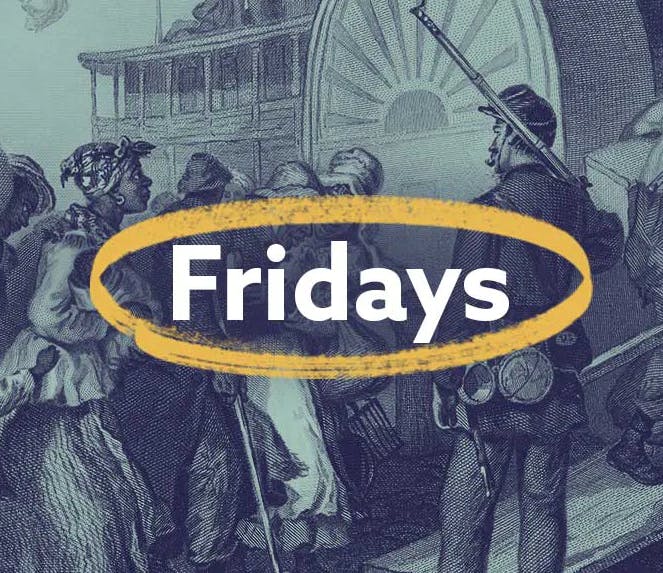Harriet Tubman and the incredible stories behind the Underground Railroad
2-3 minute read
By Jen Baldwin | February 24, 2021
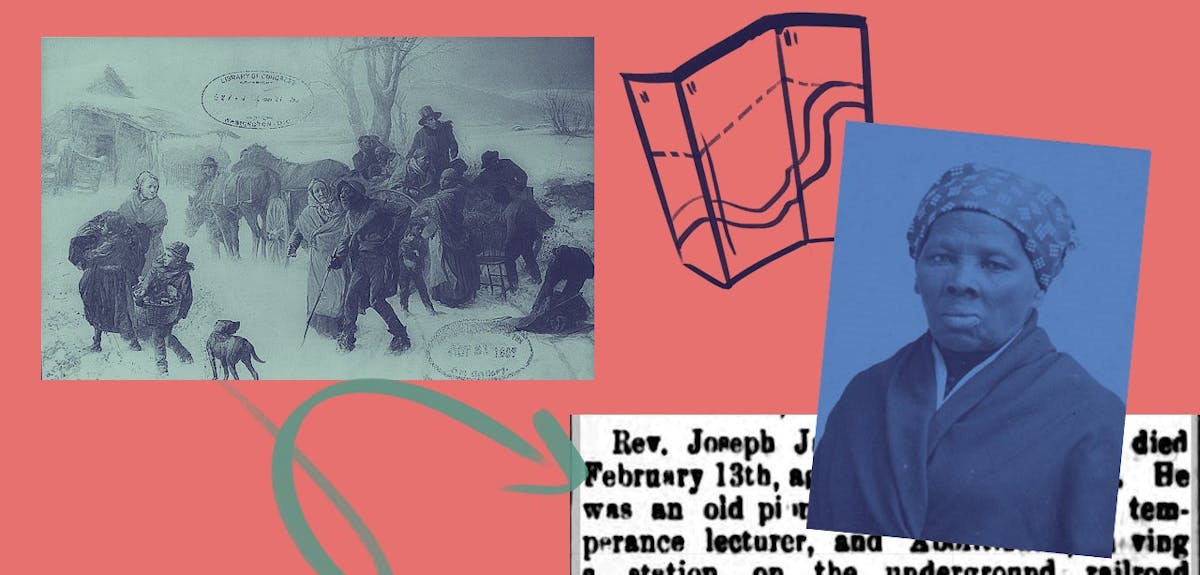
With Harriet Tubman at the helm, the Underground Railroad helped thousands of slaves escape. By exploring their remarkable stories, we can learn a great deal about the anti-slavery movement and the efforts by those enslaved across America to gain freedom.
They were called fugitives, escapees and runaways. In reality, they were freedom seekers.
While we may never know the exact number, some historians believe as many as 100,000 enslaved people risked their lives to escape via the Underground Railroad, stretching across America to Canada, between 1800 and 1865.
While Harriet Tubman may now be the most recognizable face of this effort, the network of safe houses, secret routes, and stashes of replenishment was a substantial effort.
Who was Harriet Tubman?
Harriet Tubman was born enslaved around 1820 in Maryland, one of nine children of enslaved parents. Her mother, Harriet “Rit” Green, was owned by Mary Pattison Brodess. Ben Ros, her father, was owned by Anthony Thompson.
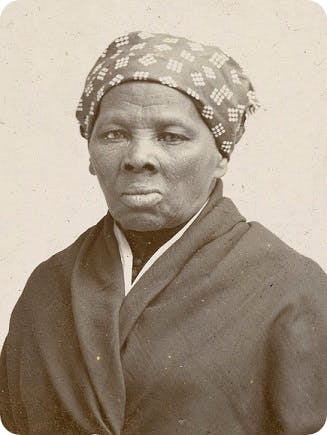
Three of Harriet’s sisters were sold to distant plantations and while manumissions did exist for various members of the family, they were largely ignored. Essentially powerless, the family remained enslaved until Harriet escaped to freedom in 1849 accompanied by two of her brothers. Of her bolt for freedom, she said;
"“When I found I had crossed that line, I looked at my hands to see if I was the same person. There was such a glory over everything; the sun came like gold through the trees, and over the fields, and I felt like I was in heaven.”"
As the most well-known “Conductor” of the Underground Railroad, Mrs. Tubman assisted hundreds of people to freedom.
The Underground Railroad network
When the 1850 Fugitive Slave Law was passed, many realized the threat of being returned to their enslaved status if they remained in the northern states, and so the network stretched once again to the Canadian border.
Evidence of activities along the Underground Railroad for those who did not reach the fame of Harriet Tubman can be found in a variety of sources. For anyone interested in this fascinating slice of American history, it's useful to understand where the system largely operated, and how.
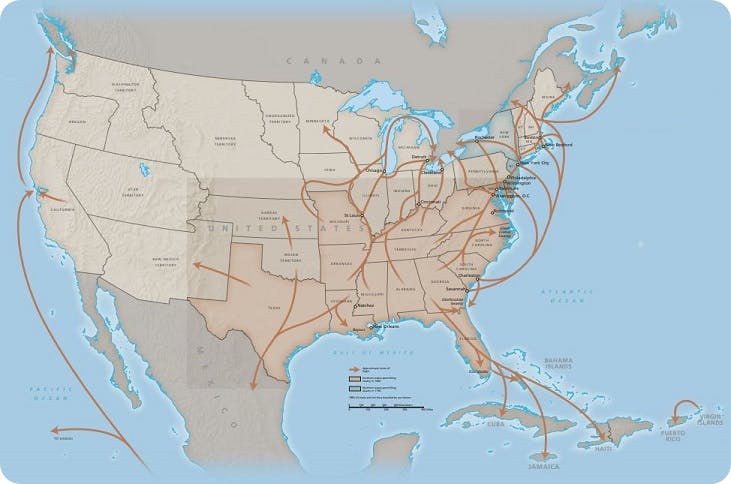
Underground Railroad map showing escape routes. View maps in more detail from the Library of Congress or National Park Service.
Many connections were maintained along these routes, and many of the participants, conductors, and volunteers were affiliated with particular religious denominations or ministers. One of the great myths of the Underground Railroad is that it was entirely run by the Quakers, and while many did participate, not everyone agreed with the methods employed.
Thanks to the preservation of oral histories, diaries, and reports from around the globe found in newspapers, we can piece together many of the incredible stories of survival, heroism, and courage that were required to make this dangerous journey.
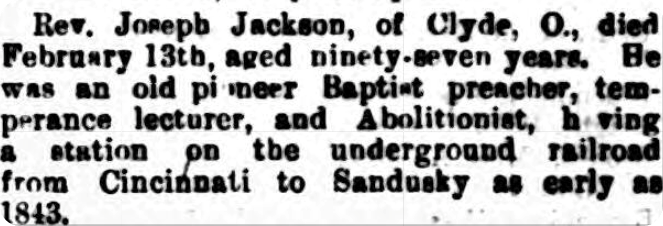
American Register newspaper clipping, March 5, 1892, remembering Rev. Joseph Jackson of Clyde, Ohio. Read the full article.
We know of leaders across the North American landscape that assisted, so if you suspect your family was involved in or helped by the Underground Railroad, it's worth taking the time to seek out these eye-opening stories. If you have a family find you'd like to share, we'd love to hear about it. Get in touch on [email protected].
Related articles recommended for you

Who Do You Think You Are? Series 21 lineup announced
Discoveries

Doctor Who season 14: digging into the new Doctor's family tree and more
Discoveries

This October, connect with Black ancestry with our newspaper collection
Discoveries
